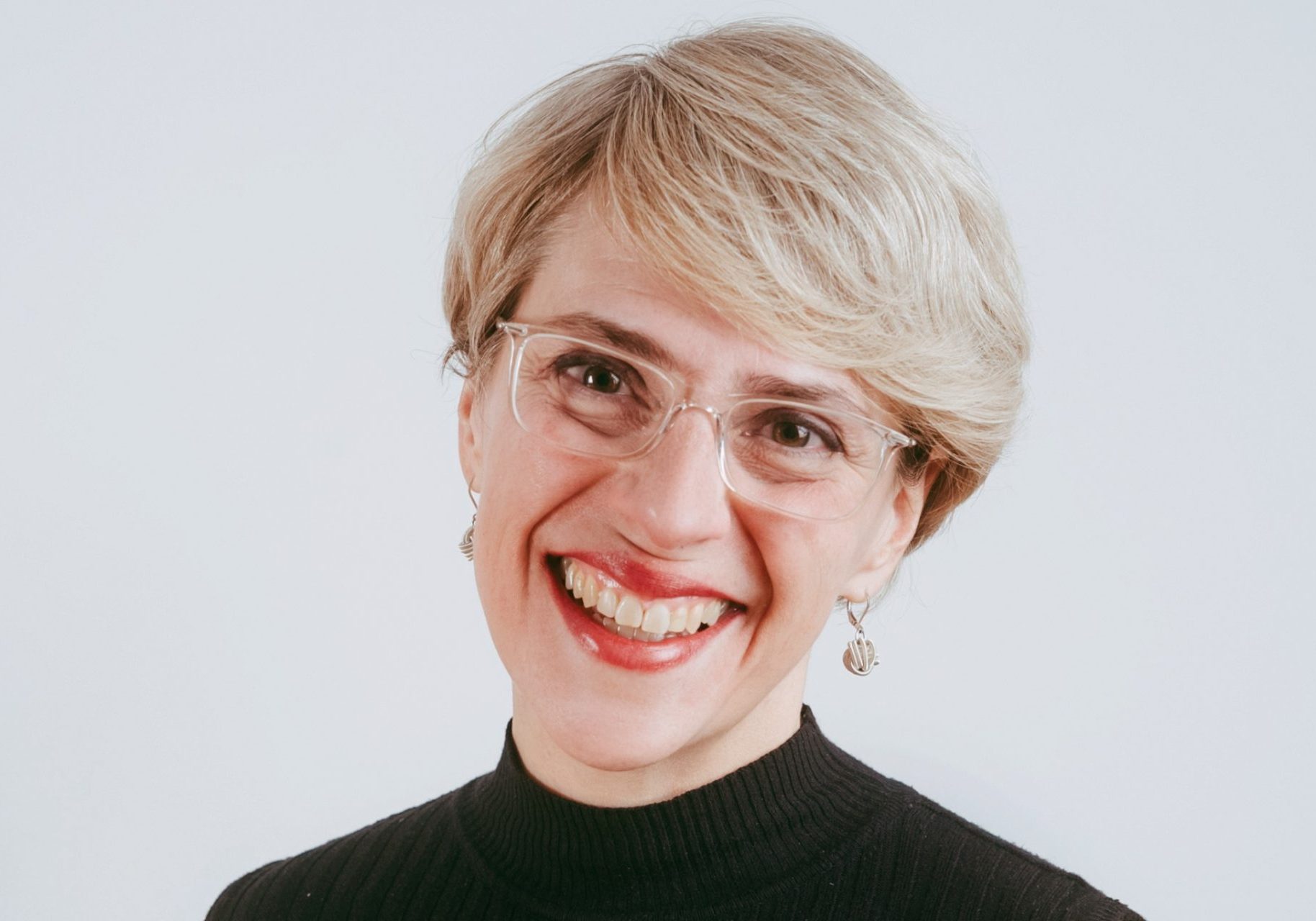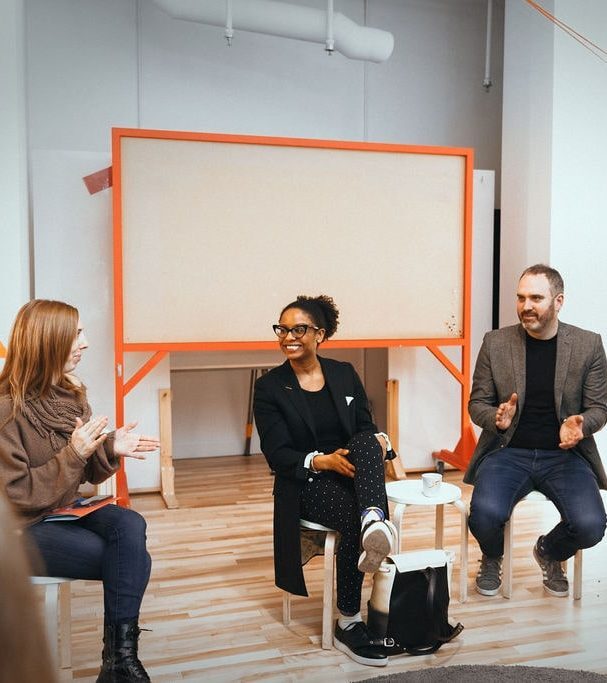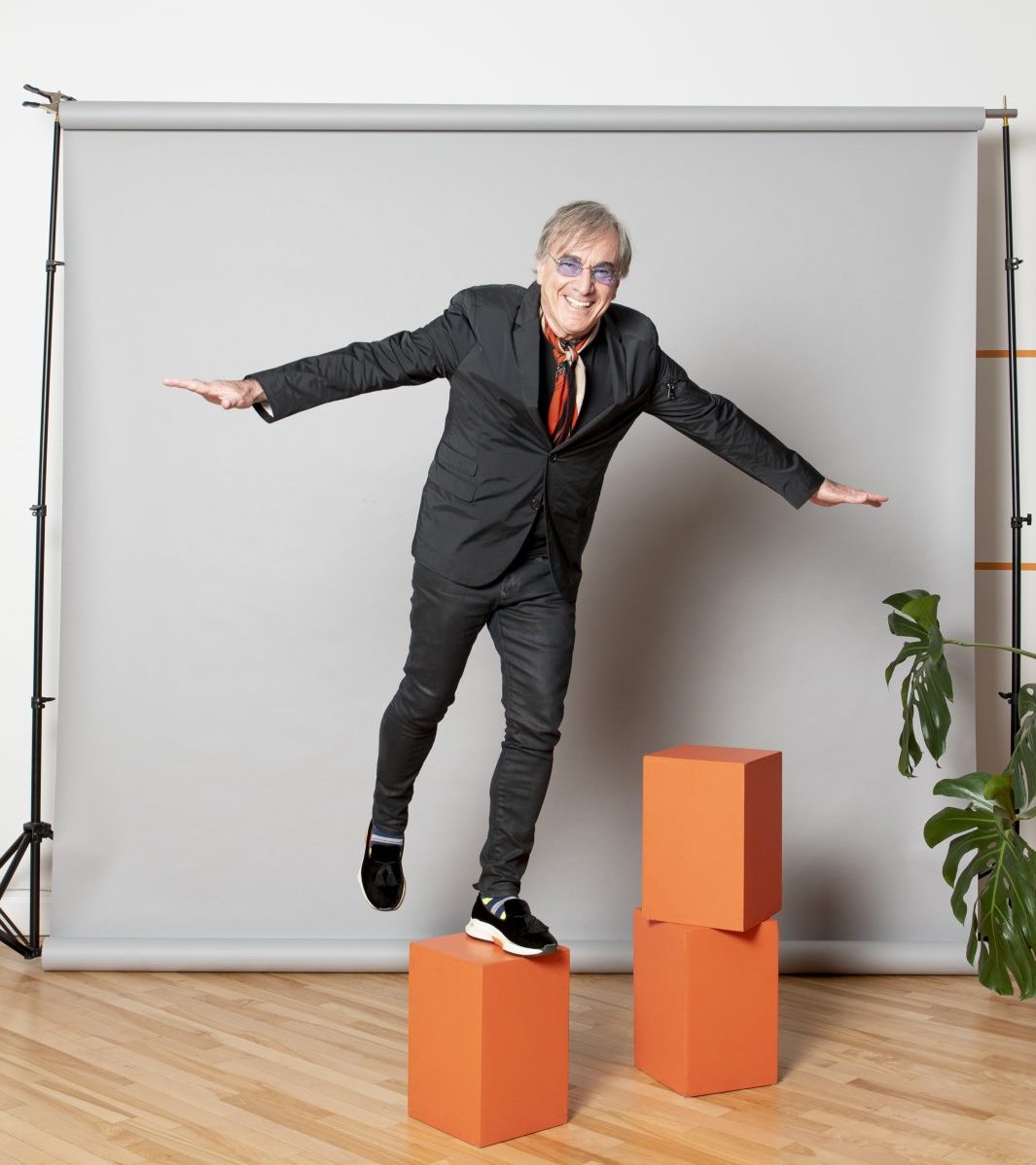Creative Leadership Practice Leader and Workshop Master at La Factry, professional coach, trainer, speaker and artist, Chantal Gosselin brings the sum of her varied experiences to the service of team creativity in business. Stemming from vocal improvisation, her personalized approach entitled OUI ETᴹᴰ helps develop the skills needed to navigate continuous change in the world of organizations.
For you, what is a creative person, team or organization?
For me, a creative person has the ability to put aside his or her preconceived notions and open up to new possibilities, while capitalizing on his or her knowledge and past experiences. They are curious, they listen, and they know themselves well enough to avoid the sabotaging side of negative thoughts and to dare to see and do things differently. It’s someone who likes to explore, to make connections between elements that may at first seem incompatible or crazy.
The creativity of a team is one of the things that fascinates me the most, because it involves a fair, and sometimes fragile, balance of human, technical, contextual, environmental aspects, etc. I would say that, in general, members of a creative team have managed to develop their quality of presence, listening and caring, while showing boldness, real courage and a great capacity to bounce off (and even confront) the ideas of others, in order to make the most of the collective intelligence. It becomes a kind of virtuous cycle: the psychological security they manage to install allows them to expand their comfort zone… and the risk-taking that is well received by the team then gives them the desire to dare more.
One thing is certain, the most creative teams are diversified teams that have developed enough maturity to really place themselves at the service of a project, a mission, a common vision in a caring environment. They are also capable of “metacognition”, in particular to communicate on the way they communicate!
Finally, a creative organization is one that knows how to set up the winning conditions. It’s a bit like lighting a fire. There is an initial spark (an objective, a reason for being) that first “lights” a few stakeholders, then just enough structure to encourage the emerging flame that needs air, “food”, patience (even love!) for the fire to take hold throughout the organization. And, like a fire, you have to keep an eye on it to make sure it stays alive…
What led you to focus on the role of listening in creativity?
When I became a manager, the notion of listening took on an additional dimension that really appealed to me: it was no longer just a matter of listening to collaborate better, but also of listening to “make my team grow”.
At the same time, I realized the importance of listening in my career as a singer-artist specialized in vocal improvisation. Working with singers from different cultures and musical backgrounds with the goal of improvising a work in front of an audience quickly made me realize how crucial listening is to creativity and co-creation.
In order for the work to make sense, I had to listen to myself (instinct, self-regulation, courage), to my colleagues (intentions, proposals) and to the audience (energy, adhesion, satisfaction) in order to read the signals of change and to adjust constantly. In short, listening “viscerally”, at 360 degrees!
It is these many analogies between my vocal improvisation practice and my role as a manager that led me to create the OUI ETᴹᴰ approach, based on the number one principle in co-creation.
In concrete terms, in what ways does listening allow creativity to emerge?
The importance of listening manifests itself on so many levels! First, every company exists to create value, to meet needs. In order to know what customers really need and to respond creatively, we must listen to them! This is why the empathy stage in design thinking is so relevant.
On the other hand, to deliver this value to their customers, companies hire employees, call upon external suppliers, etc. These stakeholders are often more connected than senior managers to the changing reality on the ground, to the real challenges of customers. For a company to remain relevant, creative and innovative, it is imperative that it listens to and involves all its stakeholders. How many companies only listen to them through the prism of their preconceptions, without really taking the time to listen to them “for real”?
Not to mention that real listening, combined with healthy feedback and inclusion practices, is one of the most powerful ways to keep employees and collaborators motivated, engaged, and ready to offer the best of themselves… including their creativity.
Are we listening enough, and in the right way?
In my opinion, we rarely listen enough, and often not in the right way. I have learned through my professional coaching practice and my artistic experiences that real listening is only possible through a high quality of presence. To be fully present, one must, among other things, be aware of oneself, practice self-regulation and feel safe. This is the work and the difficulty of listening!
How often do we listen only to justify ourselves, to explain ourselves, to make our points, to counter those of others? It happens to all of us. The human being needs to be seen, heard, recognized and to belong. Our brain aspires to security and certainty. From this stems various biases and behaviors that often cloud our ability to listen.
I remember coaching a client who talked constantly. Over time, and with the trust that was built, she came to recognize that she was terrified of moments of silence, no matter how constructive. We know so little about each other’s reality…
On another note, another client was recently talking to me about the notion of fair listening. I found this interesting because, if real listening is only continually happening on one side, it is very likely that the desire and the way to listen is affected on the other.
What tips can you give us to help us evaluate and adjust our listening skills?
The first thing that comes to mind is to develop our self-awareness, our emotional intelligence, our ability to read, among other things, the changes in behavior of the person we are talking to. Has the person in front of us “shut down”? Has he or she lost his or her enthusiasm, is he or she only taking orders and contributing to the minimum of his or her abilities? Or, on the contrary, is he or she in rebellion? The behaviors of our interlocutor speak loudly and clearly about his or her needs (to be listened to) that lie behind.
Hence the second tip: have the reflex (and, sometimes, the courage!) to validate information with our interlocutor. “I perceive X, am I wrong?” Or, “If I understand correctly, you would like to implement 1, 2, 3 by doing ABC because that would allow XYZ, is that correct?” Taking the time to validate, rather than extrapolate from our system of thoughts and beliefs, is not only a mark of respect for the other person, but an important source of information that could, precisely, help us to be collectively more creative.
I would say that the third thing is to remain humble and curious. For example: “I see that you come back with this idea again. There are probably some aspects that I haven’t quite grasped yet. Can you explain to me your vision, your plan, and how it would be important for the good of Project X?” This kind of openness often creates some nice surprises, while solidifying the bond of trust and complicity.
As the Creative Leadership Practice Leader at La Factry, what part of the training or coaching process ignites you the most, and why?
Oh, there are many! I would definitely say the client briefing. My colleagues at La Factry can attest to this: I ask a lot of questions to get to the bottom of their perceived needs. This must be my past as a strategist and manager coming to the surface! This usually brings out underlying issues that, if addressed, will make it easier to meet the initial needs and have more impact.
In this sense, I must admit that I really enjoy developing tailored programs, because my own creativity is at its peak. I like to make connections, visualize the impact of one approach over another, make sure we land in the right place in terms of learning, facilitate the transfer into reality, etc. Then, on the day of the workshop, I love setting the table, installing the safety mat, lighting and feeding the fire so that the magic happens.
Personally, do you have a foolproof trick or ritual to get you back into a creative frame of mind even in the midst of the daily grind?
That’s a good question! My work is so creative that I probably don’t ask myself this question often enough. One thing is for sure, I pay attention to my energy level. When I start to go in circles, I say to myself: “OK. What would make me feel better right now?” Often, it’s small, simple things: getting up and exhaling a good breath, clearing my head by taking a walk, calling a friend, putting on some loud music (and dancing, if only for the duration of a song!) and, most importantly, consciously reconnecting to why I do what I do. This re-energizes me, and puts me back in a creative frame of mind… because I love what I do!



